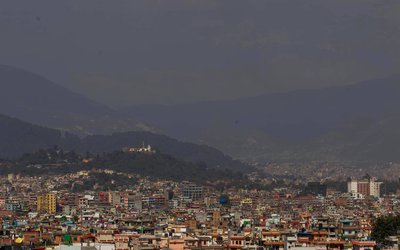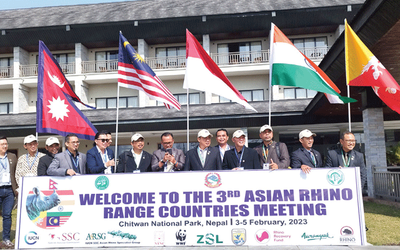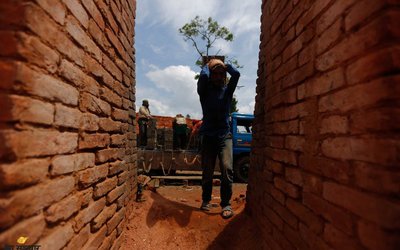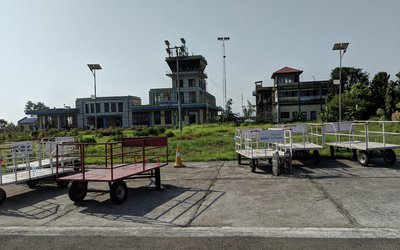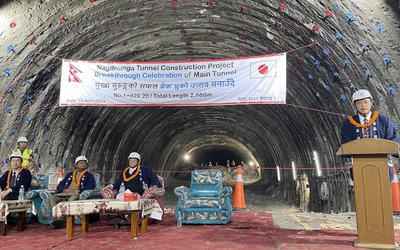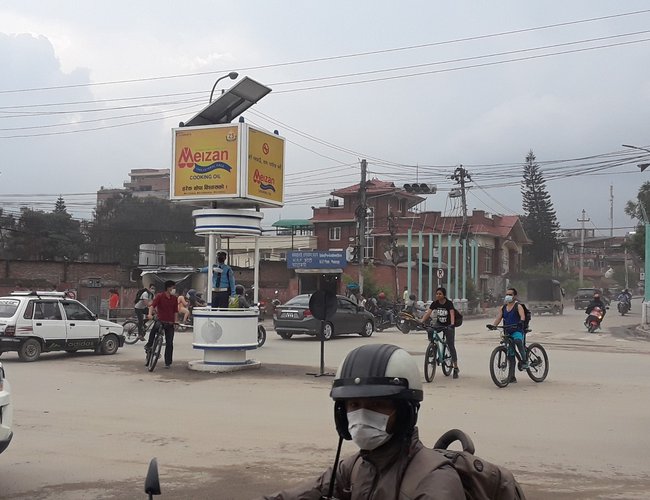
When people think of major cities, they typically imagine a sprawling metropolis populated by vehicles, buildings and other man-made creations. Nature is an afterthought. However, there is a global movement seeking to change that perception.
The C40 Cities Climate Leadership Group is a compact of over 90 cities committed to reducing greenhouse gas emissions and climate risks. Rather than thinking of urban areas as places away from nature, many of these cities are integrating forestry and plant life into their infrastructure planning to achieve both objectives.The idea presents numerous environmental, economic, aesthetic and health benefits.
Combatting Climate Change requires more than just reducing greenhouse gas emissions. Many scientists say that in addition to those efforts, to avoid going over the 2 degree Celsius warming goal established in the Paris Climate Agreement, the planet also needs a large reforestation effort to remove the greenhouse gases already present in the earth’s atmosphere. Due to the many environmental problems facing the region, cities like Kathmandu provide the perfect breeding ground for these efforts (even though they are among the smallest contributors to Climate Change).
Air pollution is one of the most severe health problems facing Kathmandu. According to a global Environmental Performance Index published earlier this year, Nepal has the lowest air quality of the 180 countries ranked. Kathmandu is a large reason for that. Last year, using data from the World Health Organization and other institutions, Numbeo.com ranked the city as the fifth most air polluted in the world, with a pollution index of 96.57. Urban greenery can help reduce this toxic air, improving the quality of life for residents and saving the country money in healthcare costs.
Smart planning is needed to ensure proper implementation of urban nature. While numerous studies show that it can reduce the amount of certain pollutants in the air and potentially even noise pollution, others show that in certain situations, trees can trap pollutants on the street level and make the problem worse. Government officials should investigate these studies and work with scientists to discover what type of greenery is right for the local region.
Additional plant life in cities can also reduce flooding. Impervious surfaces such as concrete do not allow water to return directly to the ground, but instead cause it to gather as potentially destructive runoff. By replacing these surfaces with greenery, water would be absorbed by the soil and used by the plants.
With the summer monsoon bringing flash floods to the Nepali capital, planting around the Bagmati River and other problematic areas could potentially save lives, as well as money by mitigating flood damage.
Last, but certainly not least, urban nature makes cities more beautiful. Not only could this help Nepal’s tourism industry, which already accounted for 7.5 percent of its GDP in 2017, according to the World Travel and Tourism Council, it would also improve the mental health of residents. Studies using MRI-scans of the brain reveal that urban environments increase stress levels, while natural environments reduce them. These mental health benefits would only increase as pollution and flood risks are diminished.
“In areas with more trees, people get out more, they know their neighbours more, they have less anxiety and depression,” says William Bird, a UK-based General Practitioner and Public Health Expert.
The aesthetic value of urban nature might seem like unimportant window-dressing, but its benefits should not be understated.
Singapore, a highly urbanized city-state which is also a C40 member, provides a great framework for Kathmandu to follow. Commonly referred to as a “Garden City,” despite being 100 percent urbanized, the country still maintains 47 percent of green cover according to the Center for Liveable Cities.
While joining C40 is not necessary for Kathmandu to become part of the urban nature movement, it could certainly help. The compact would provide the city with a network they can use to gather information from partner cities on infrastructure projects that were successful elsewhere. It would also help the city find creative ways to fund such projects, which is especially important considering that Nepal is one of the poorest countries in the world.
The cost of urban nature infrastructure should not deter Kathmandu’s government officials. When factoring in the economic benefits that would be achieved through improved public health and city beautification, the investment will produce much needed economic growth in the long-run. With help from the international community, Kathmandu can change its reputation as a polluted city to one on the cutting-edge of the global environmental movement.

Jacob “Kobi” Azoulay
Kobi is an intern from USA
- HERITAGE RECONSTRUCION Taking Speed
- Sep 08, 2018
- Take A Ride With Tootle
- Aug 05, 2018
- WORLD CUP 2018 Nepali Fans Put The “World” In World Cup
- Jul 21, 2018
- WASTE MANAGEMENT IN KATHMANDU Littered Journey
- Jul 02, 2018



